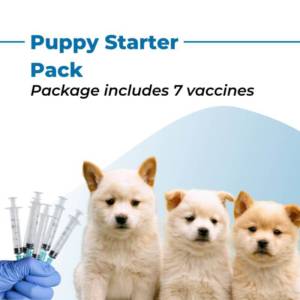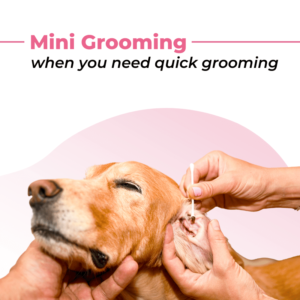
Home » All you need to know about Alopecia in dogs
Alopecia is generally defined as areas of abnormal hair loss, however, these bald spots are usually a sign of a larger health problem. The contributory factors of alopecia are many, some of which are easily cured while others are due to more chronic problems.
Nevertheless, proper knowledge and understanding of any issues warrant an efficient way to deal with the underlying problems.
Therefore, with a thorough understanding of symptoms, causes, and treatments of Alopecia in dogs, as a dog parent, you will be well prepared to deal with this problem at hand and in a timely manner.
Alopecia is basically a medical designation for hair loss. The types of Alopecia affecting dogs are quite variable and are generally classified on the basis of the cause or location of hair loss.
Similarly, the symptoms of Alopecia differ depending primarily on the location and causative agent of the condition.
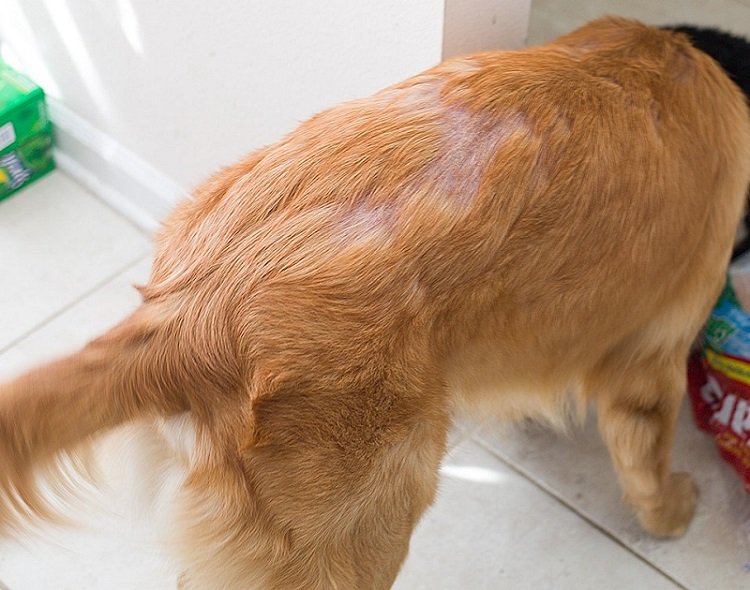
Itching, inflammation, or swelling of the skin may also accompany Alopecia. Depending on the cause of the Alopecia, there may be round, focal areas of hair loss, symmetrical hair loss on the sides of the body, or even a moth-eaten appearance to the furry coat.
Also See: 3 Ways To Reduce Digestive Problems In Your Pooch
Alopecia can be caused by many reasons, but generally, the causes are divided into two categories: congenital or acquired.
Some causes of Alopecia are specified while others are considered as simple underlying reasons for hair loss. The most common causes of Alopecia in canines include:
Abnormal or extensive hair loss in dogs can be an indication of a more specific disease, therefore it is highly recommended to see your vet as soon as you suspect that your dog is losing large amounts of its coat.
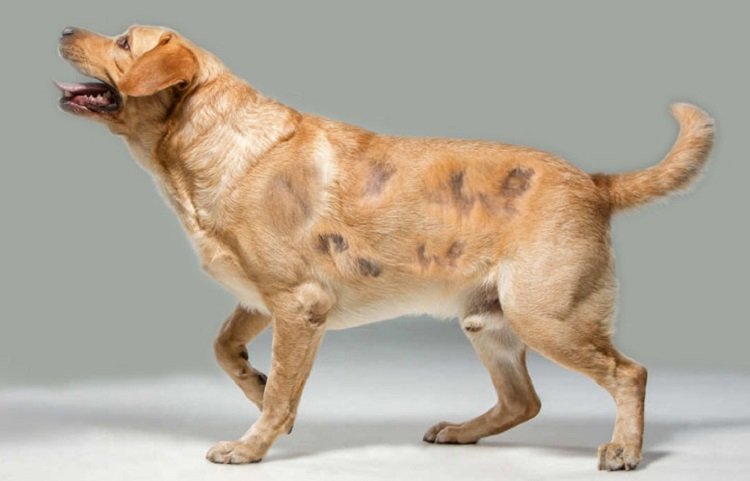
Symptoms of Alopecia are often visible in the dog’s coat. Alopecia or Hair loss in dogs can be gradual, proceeding slowly but steadily over time, or it can be intense, resulting in sudden bald patches, besides other symptoms. However, in addition to hair loss and bald patches, several other symptoms are also common to Alopecia in Dogs
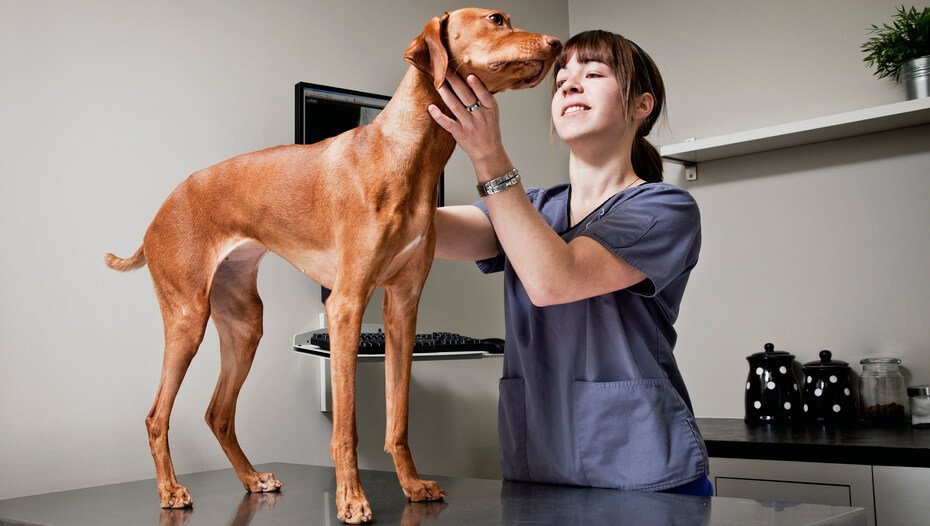
If prominent hair loss is observed in your pooch, the vet will proceed by determining the causative agent, in order to secure the right corrective treatment. The diagnostic measure may include:
Some forms of Alopecia do not have specific tests but are usually diagnosed after other causes have been ruled out.
Also See: How To Increase The Chances Of Your Pet To Conceive
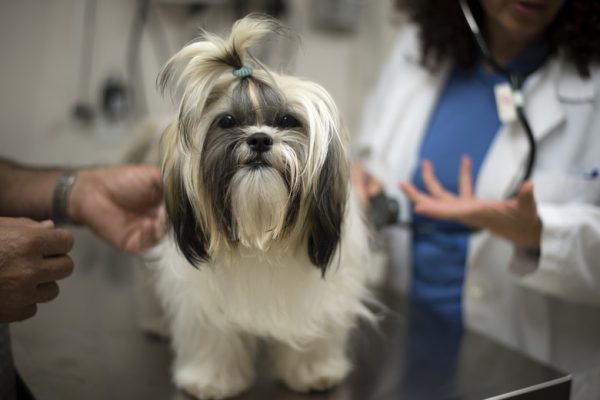
Treatment of Alopecia in dogs varies depending on the underlying causative agent as well as areas of hair loss issues. In some cases, anti-parasites, antibiotics, antifungals, or other medications may be needed to correct hair loss by correcting the underlying cause. However, other times especially in the case of Alopecia caused by autoimmune or genetic causes, there is generally no cure.
However, the best way to proceed is under the supervision of your veterinarian’s instructions.
